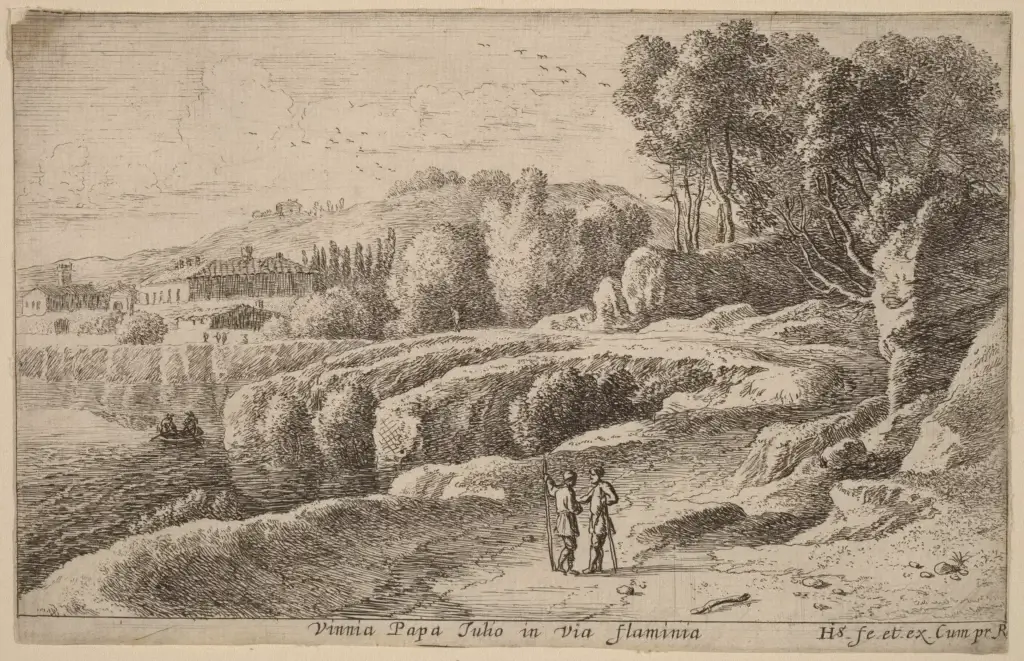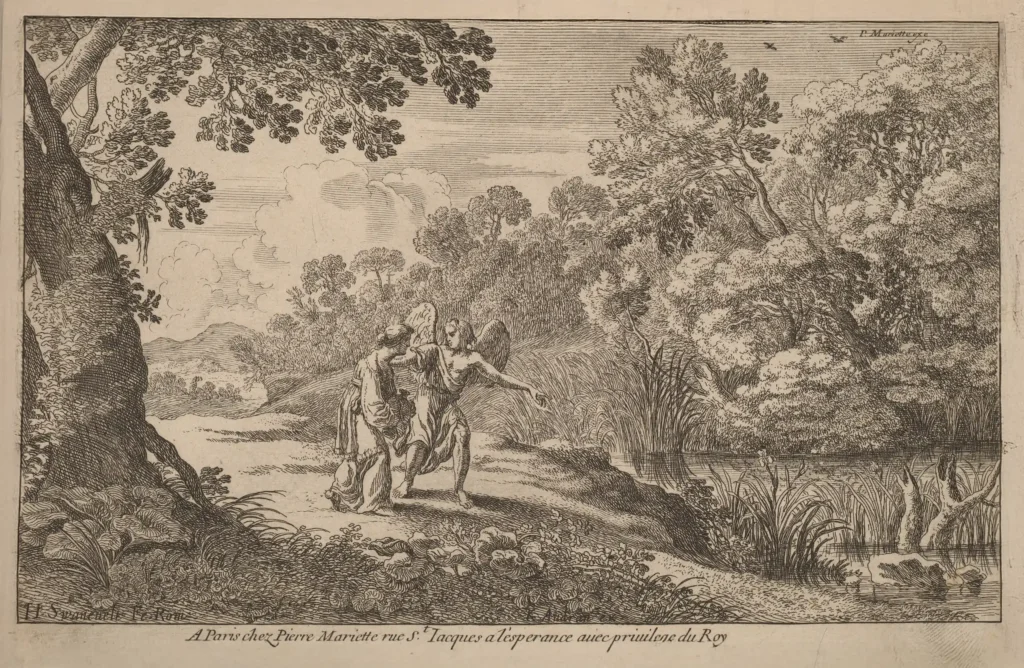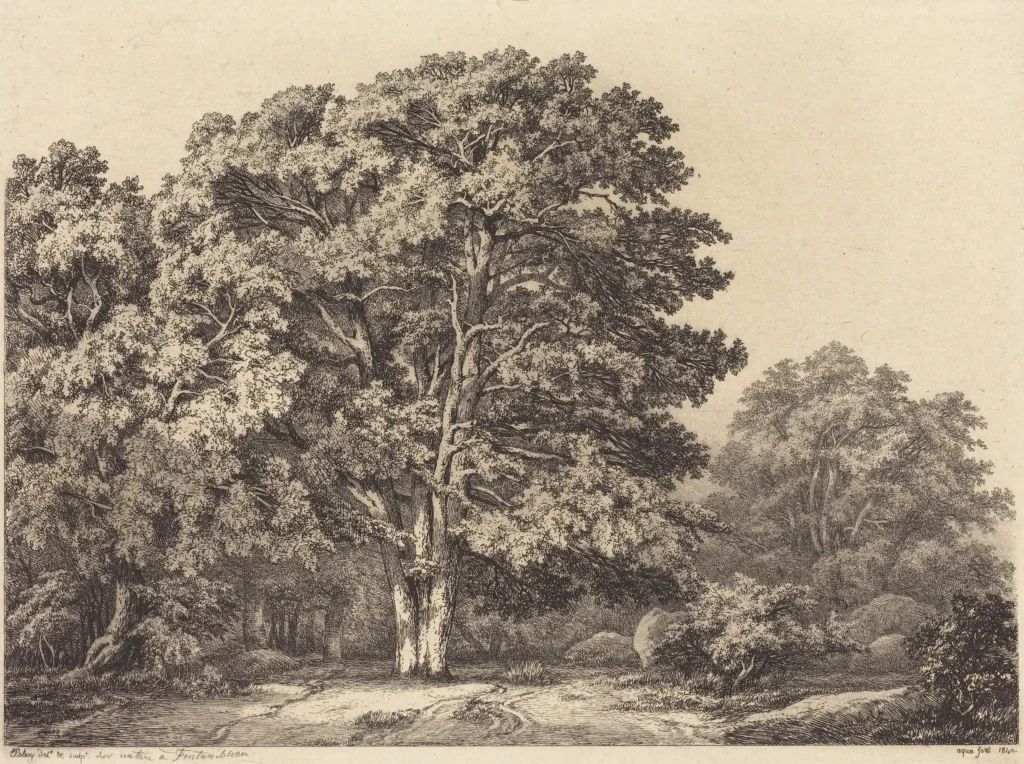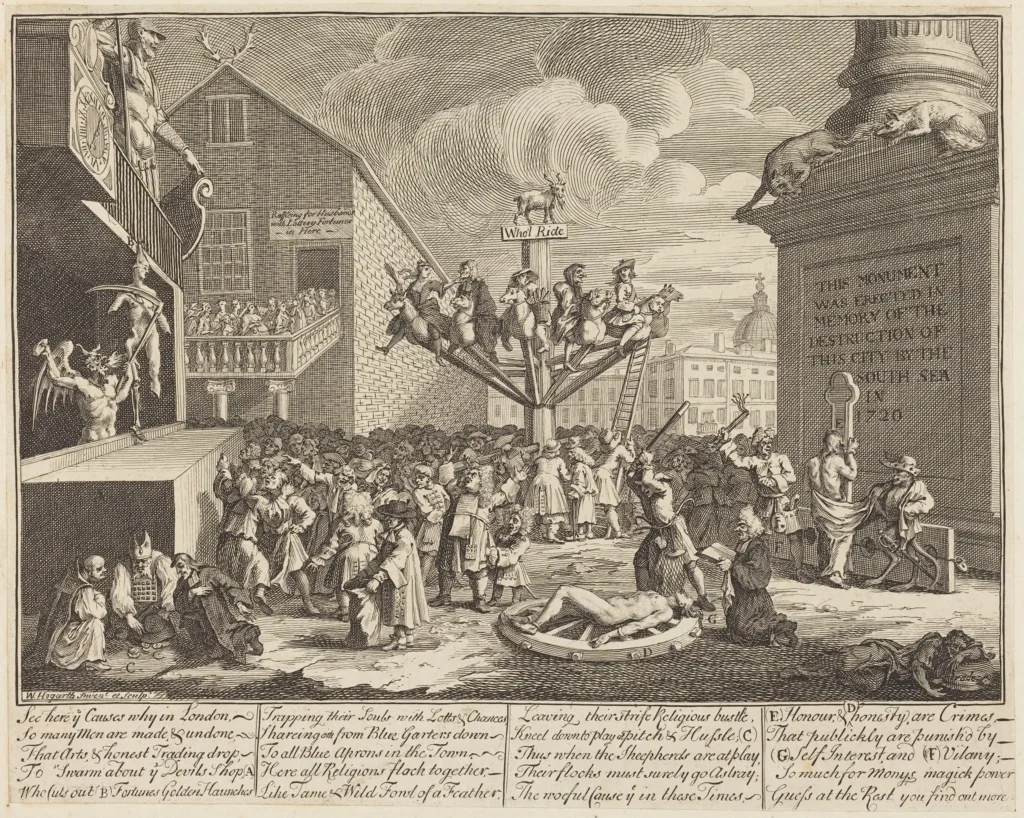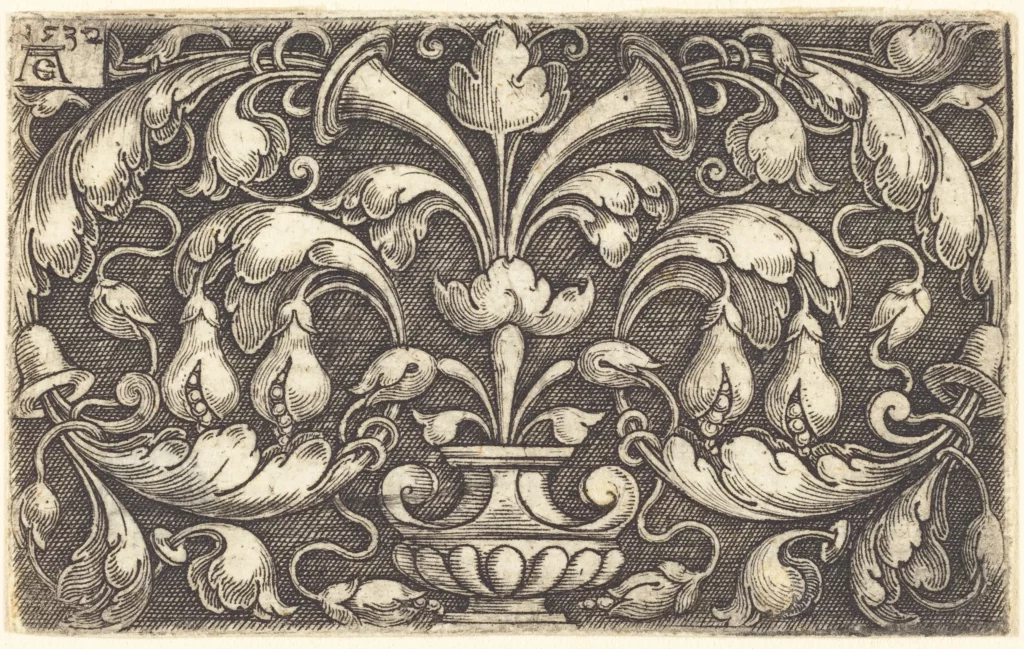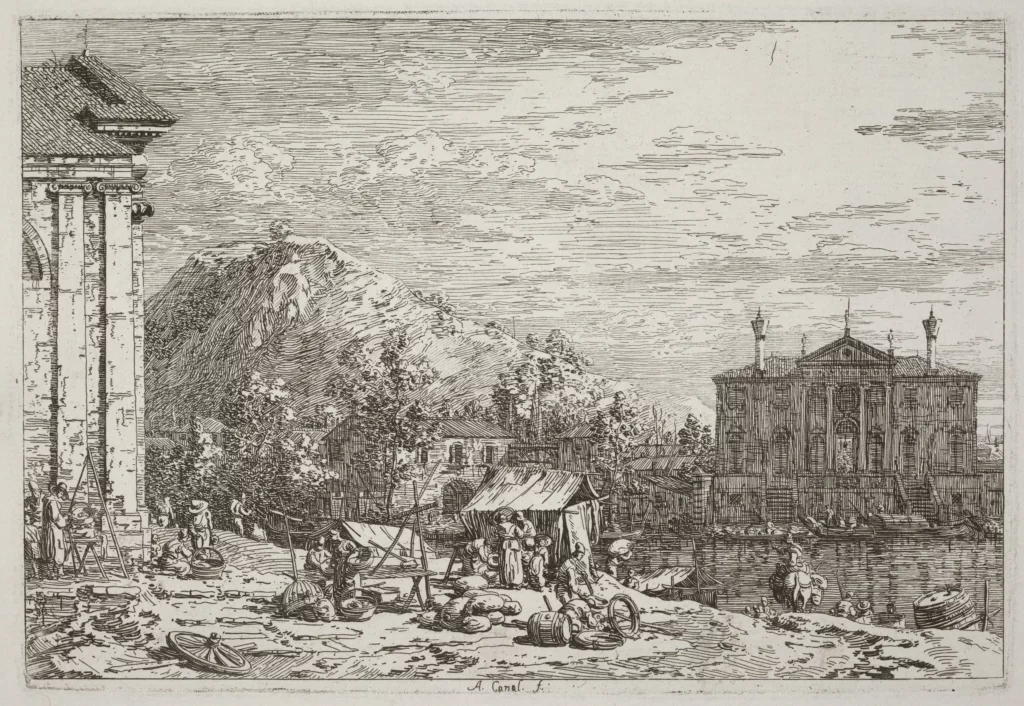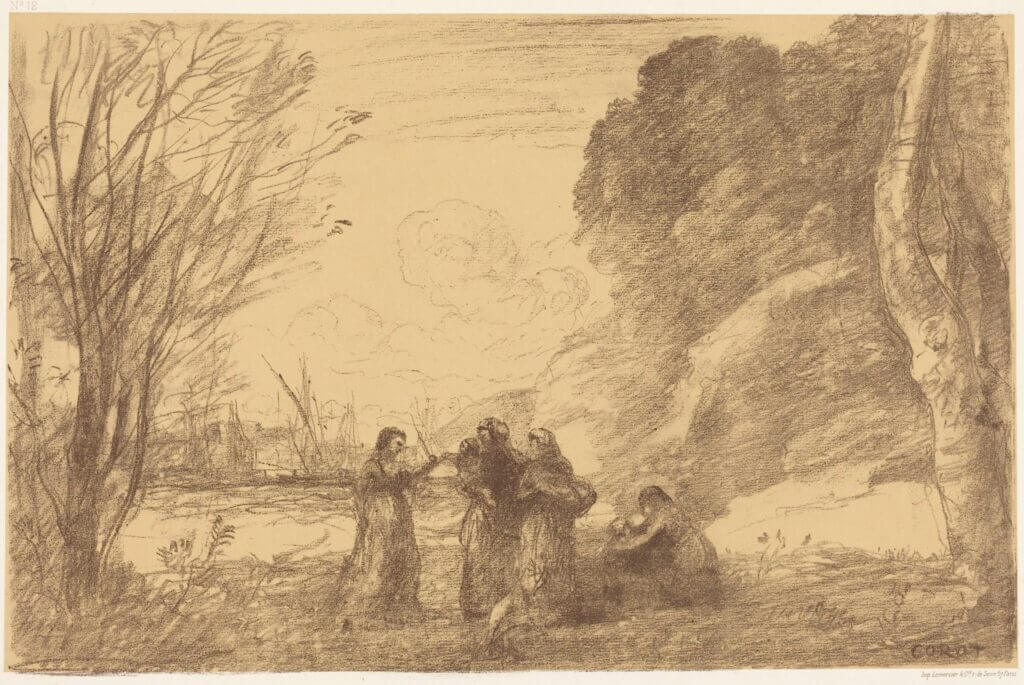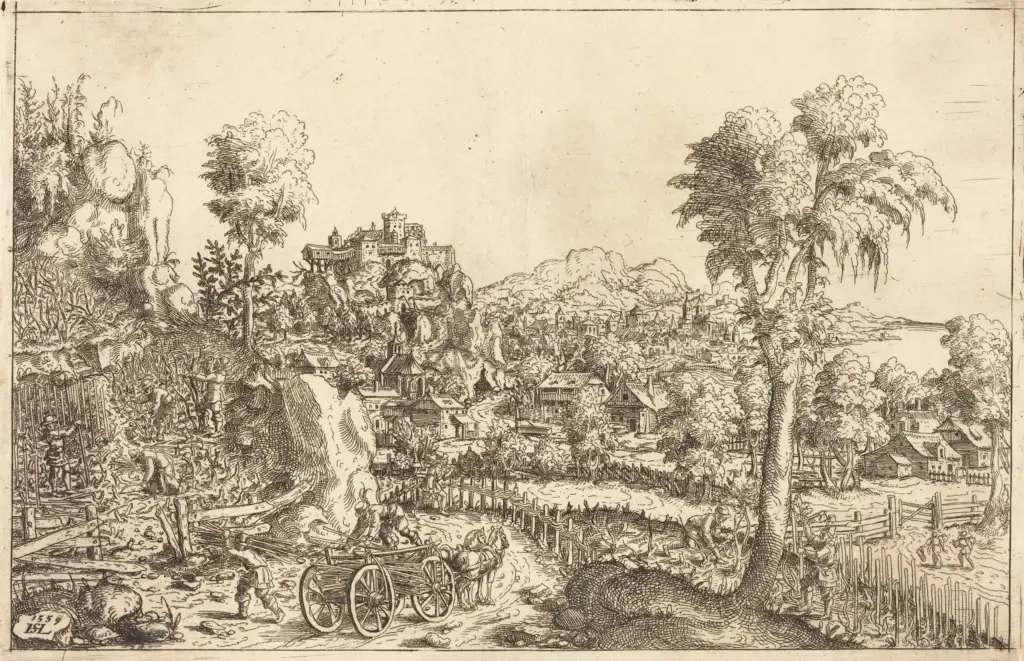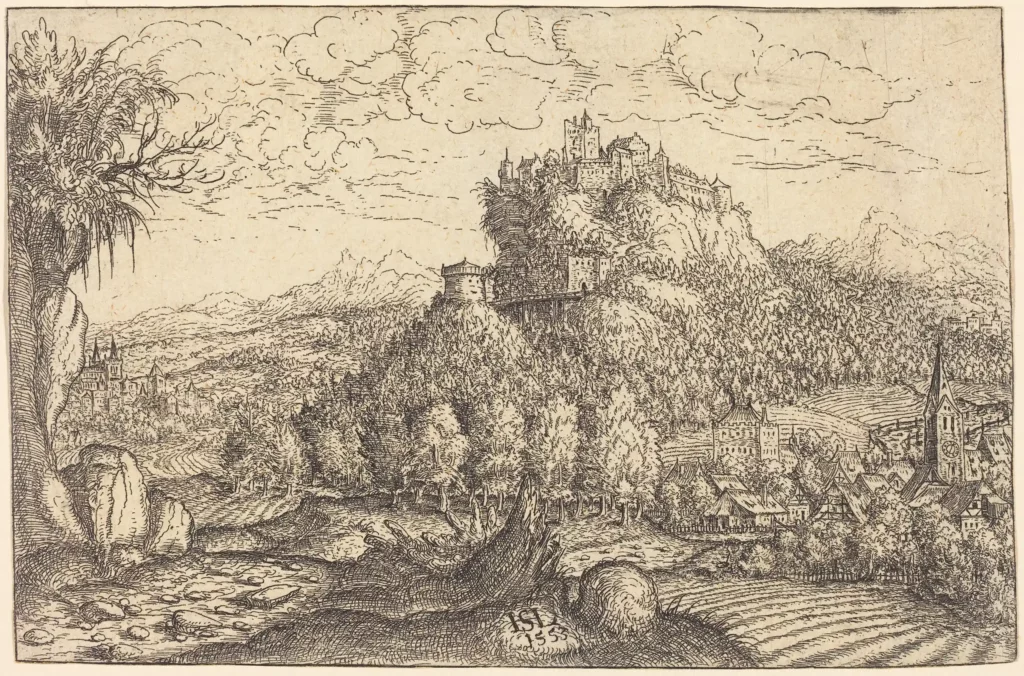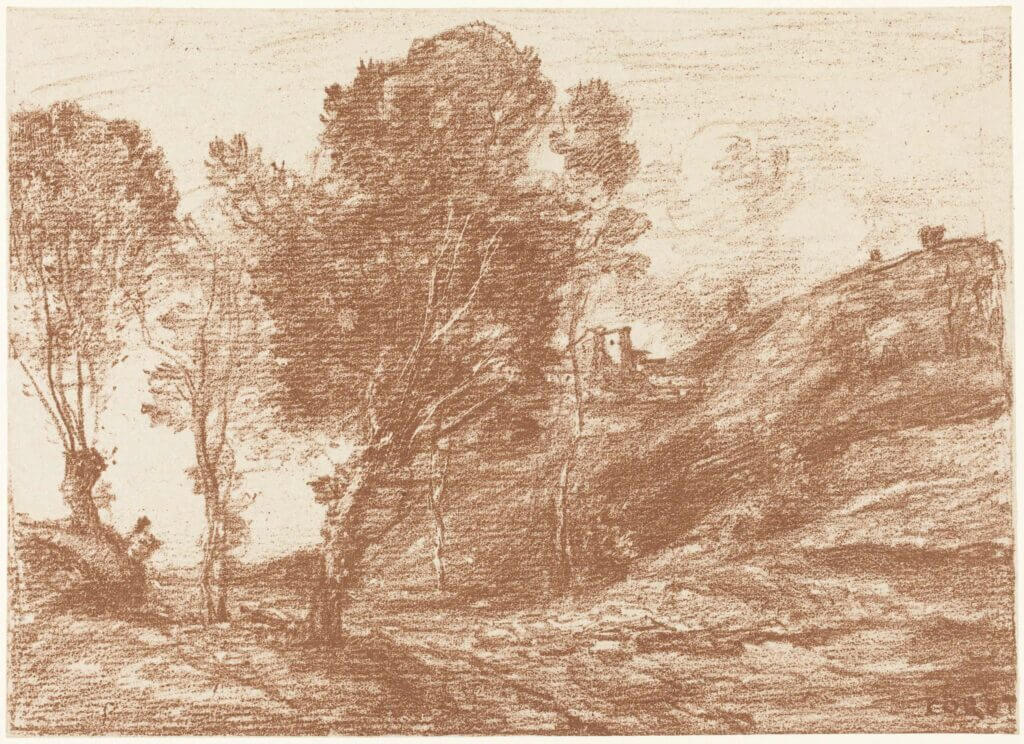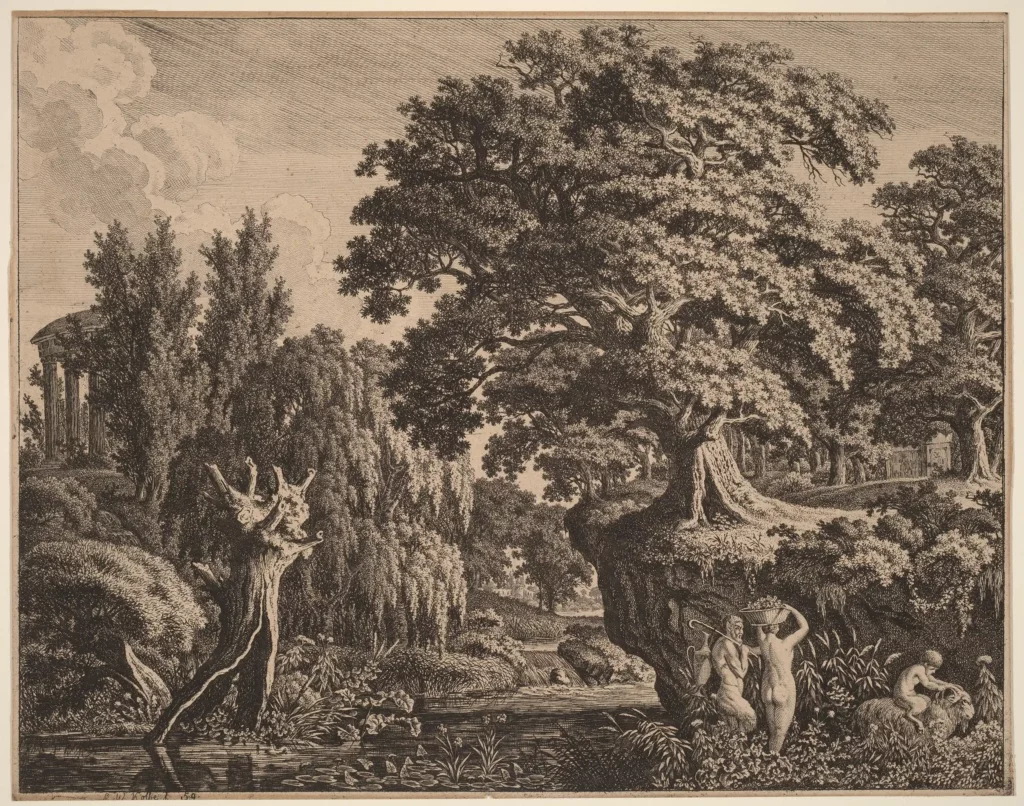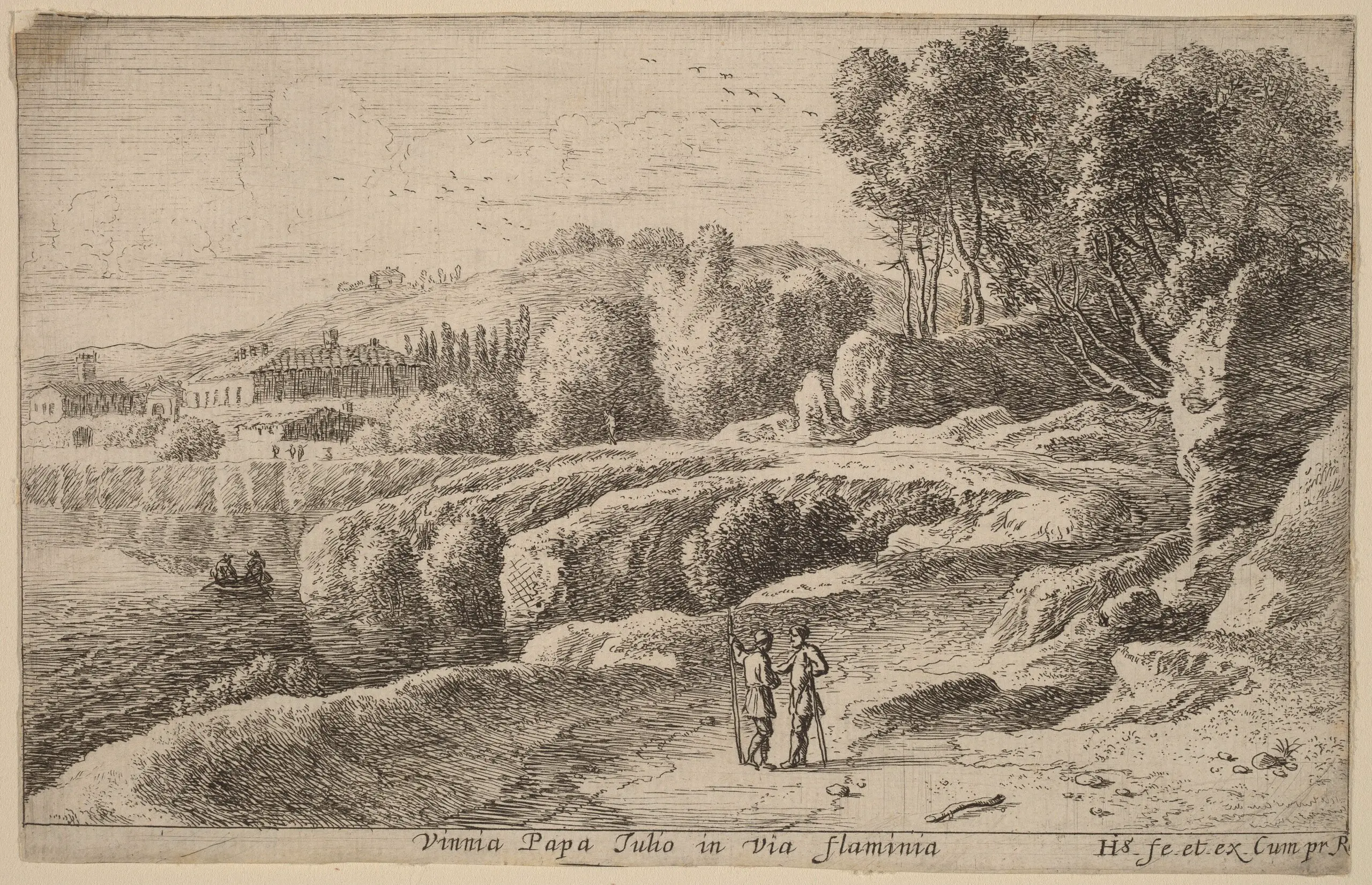
Why It’s So Difficult to Name a Wine Brand
In a market flooded with choices, consumers often make snap decisions based upon first impressions. A memorable, intriguing name can differentiate your wine on restaurant lists and bottle shop shelves, influencing purchasing decisions.
A carefully chosen name is more than just a label; it's a powerful tool that can shape perceptions, drive engagement with your target audience, and ultimately contribute to your brand's success. And yet, many first-time wine producers believe that they can land on a viable brand name in a single brainstorming session.
However, best practices call for a painstaking and methodical naming process that will adhere to labeling regulations, avoid trademark infringement, and ultimately inspire engagement and drive sales.
A Crowded (and Trademarked) Field
It’s surprisingly challenging to select and trademark a wine brand name. For example, we advise clients to conduct careful research before using geographical terms, due to the legal protections tied to specific regions. Using these location names without proper authorization can result in legal disputes and penalties.
In addition, a surprising number of brand names have already been trademarked within the wine space. This is because the wine industry is exceptionally fragmented, with some 14,000 producers in the US, and more than 4,000 wineries in California alone. Many small family wineries make for a diverse array of delicious handcrafted wines in the marketplace, but also for an astonishing number of trademarked micro-brands.
When we work on naming projects at Vin, we conduct thorough USPTO trademark searches utilizing the appropriate classification codes. We recommend that our clients then seek legal assistance to secure their mark as soon as possible due to the tremendous competition in this area.
Common Pitfalls in Selecting a Brand Name
Some producers hire a naming team to invent a new word that does not exist in our lexicon, or simply pick a word that they like the sound of. Consumers typically see through these choices and dismiss them as gimmicky.
Even when these products ultimately find success in the marketplace, consumers still have trouble recalling their names. What is Cameron Diaz’s wine brand called? You may be scratching your head trying to remember “Avaline,” because Diaz chose the word because it simply “looked beautiful.”
Another pitfall to avoid is the portmanteau title. Consider “Meritage,” coined in the 1980s for American Bordeaux-style blends. The intention behind the Meritage movement was sound: The European Union is strict about the use of geographic names on wine labels, and US producers should indeed move away from using French appellation titles on their packaging. A wine labeled “Bordeaux-style blend,” or “méthode champenoise” could never be exported to the European market.
But “Meritage,” a merging of the words “merit” and “heritage,” never sounded authentic, and some four decades after it was coined, still hasn’t caught on.
Get Personal When Selecting a Brand Name
At Vin, we take a strategic approach to naming that accounts not only for the brand's vision, mission, values, unique selling proposition, and target demographic, but also the founder’s personal narrative. A wine producer who can tell the brand’s story with passion and conviction will connect with customers on a deep and lasting level. And customers will remember the name when it’s connected to a story that resonates.
For example, when world-renowned photographer Andy Katz partnered with his son, the prominent winemaker Jesse Katz, on a Sonoma winery project, the two chose a strong name that ties into their family story: Aperture Cellars.
Among Vin clients, here are some strong brand names we admire:
- Arkenstone: This reference—to the exquisitely precious “heart of the mountain” gem in J.R.R. Tolkein’s The Hobbit—conveys exceptional quality and value, while knowingly nodding to fellow Tolkein enthusiasts.
- Casino Mine Ranch: A great aunt wagered she could mine gold on this Sierra foothills property. It never panned out, but her descendents continue to tell tales of Great Aunt Simone’s offbeat Wild West adventures here.
- Fairest Creature: A collection of icon wines, labeled with artwork drawing from Chinese fairy and folktales. The name immediately draws the label art to mind, and vice versa.
- Fe: The chemical element “Fe” is iron. This Spring Mountain estate sits on notably rust-colored, iron-rich soils.
- Hibou: A French term for an owl. The children of the winemakers are fond of owls, and the family enjoys owl-watching on the Sonoma Coast.
- Pursued by Bear: Actor Kyle MacLachlan got his start on the Shakespearian stage. This unusual title refers to a well-known line from the play The Winters Tale.
- Sandlands: A name that evokes winemaker Tegan Passalacqua’s personal project of finding and vinifiying wines from dry-farmed old vines in sandy soils.
If there’s a positive side to the fierce competition for available wine brand names, it’s that the process of selecting one is—by necessity—intensely creative and personal.
Whether you hire an agency to manage the process or decide to go it on your own, don’t forget that the factors that make you, your vineyard sources, and your wines unique will add up to a successful name for your brand.
